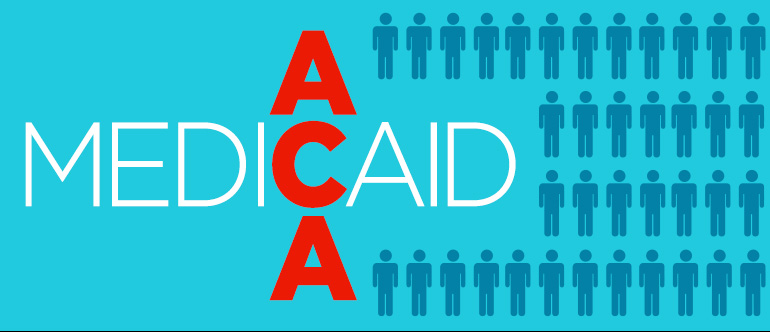ACA Impact on Payers and Providers Includes Changes to Medicaid Eligibility

“With Utah on board,” says The Washington Post, “a majority of states now back Medicaid expansion.” Affordable Care Act (ACA) legislation extended – and offered funding for – Medicaid coverage to those families living at up to 138 percent of the federal poverty level (FPL), but expansion was voluntary: states could choose whether or not to participate. Although federal funding pays states 100 percent of the Medicaid costs through 2017, dropping incrementally after that to 90 percent, 25 states – one-half – declined.
According to healthcare.gov, residents in states not expanding Medicaid coverage “may not have as many options for health coverage.” They “may not qualify for either Medicaid or reduced costs on a private insurance plan. It will depend on where your income falls.” In other words, residents’ income can be too low to qualify for subsidies on the healthcare exchanges but too high to qualify for Medicaid.
Utah’s reversal means not only that (a slight) majority of states now participate in the expansion but that over 111,000 residents in that state (stat from the Post article) escape a “no man’s land” space where they couldn’t get healthcare coverage at all. We think several other states will end up opting in for the same reason. However, opting in may not be the only solution. Thought it’s in political jeopardy, Arkansas came up with a private plan for covering those in “no man’s land.”
Whether states ultimately opt in or not – or find alternatives – healthcare payers and providers will be impacted. A recent piece at Health Affairs Blog suggests not only that “Medicaid expansion [results] in health and financial gains,” including “an increase in utilization of most healthcare services,” but also that states’ failure to expand Medicaid eligibility will have “adverse health and financial consequences.”
Specifically, Health Affairs Blog estimates “the number of deaths attributable to the lack of Medicaid expansion in opt-out states at between 7,115 and 17,104.” And were the states to opt in? Medication for 422,553 more diabetics. Mammograms for 195,492 more women ages 50-64. And pap smears for 443,677 more women ages 21-64. Of course, expansion into states that have currently opted out would result in more individuals receiving insurance coverage, as well, including nearly 660k women who need mammograms and 3.1 million who need regular pap smears.
The push for Medicaid expansion is reminder that the ACA isn’t a single initiative, like forming healthcare exchanges. Instead, ACA is a combination of initiatives that need to fit together properly in order to truly provide coverage for everyone. Each will have its own unique impact on healthcare – and the hospitals and insurers in the marketplace.






